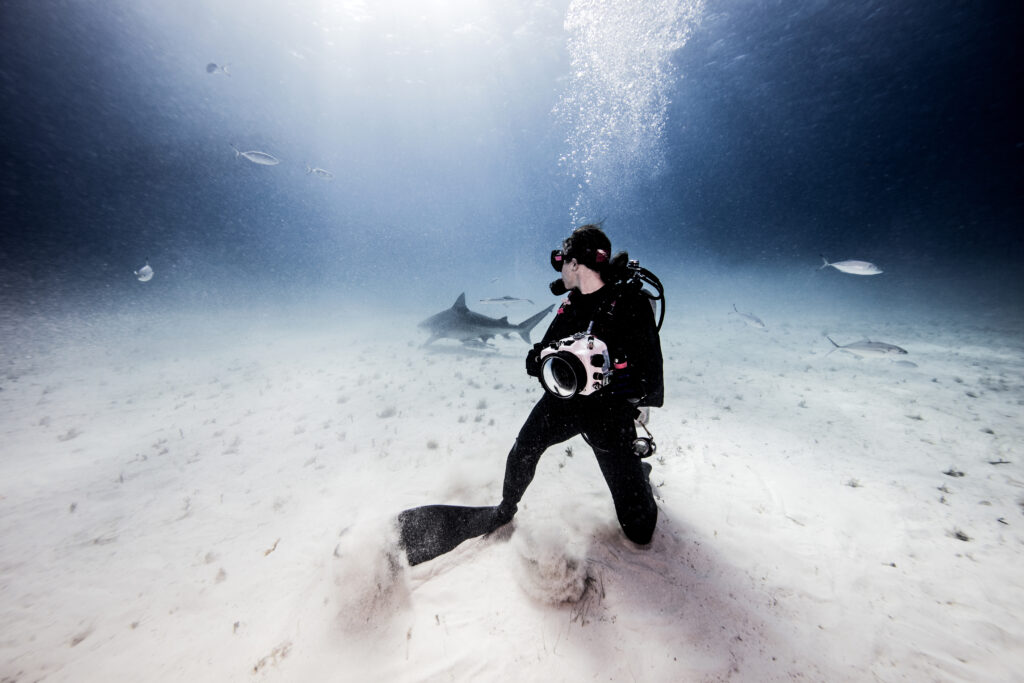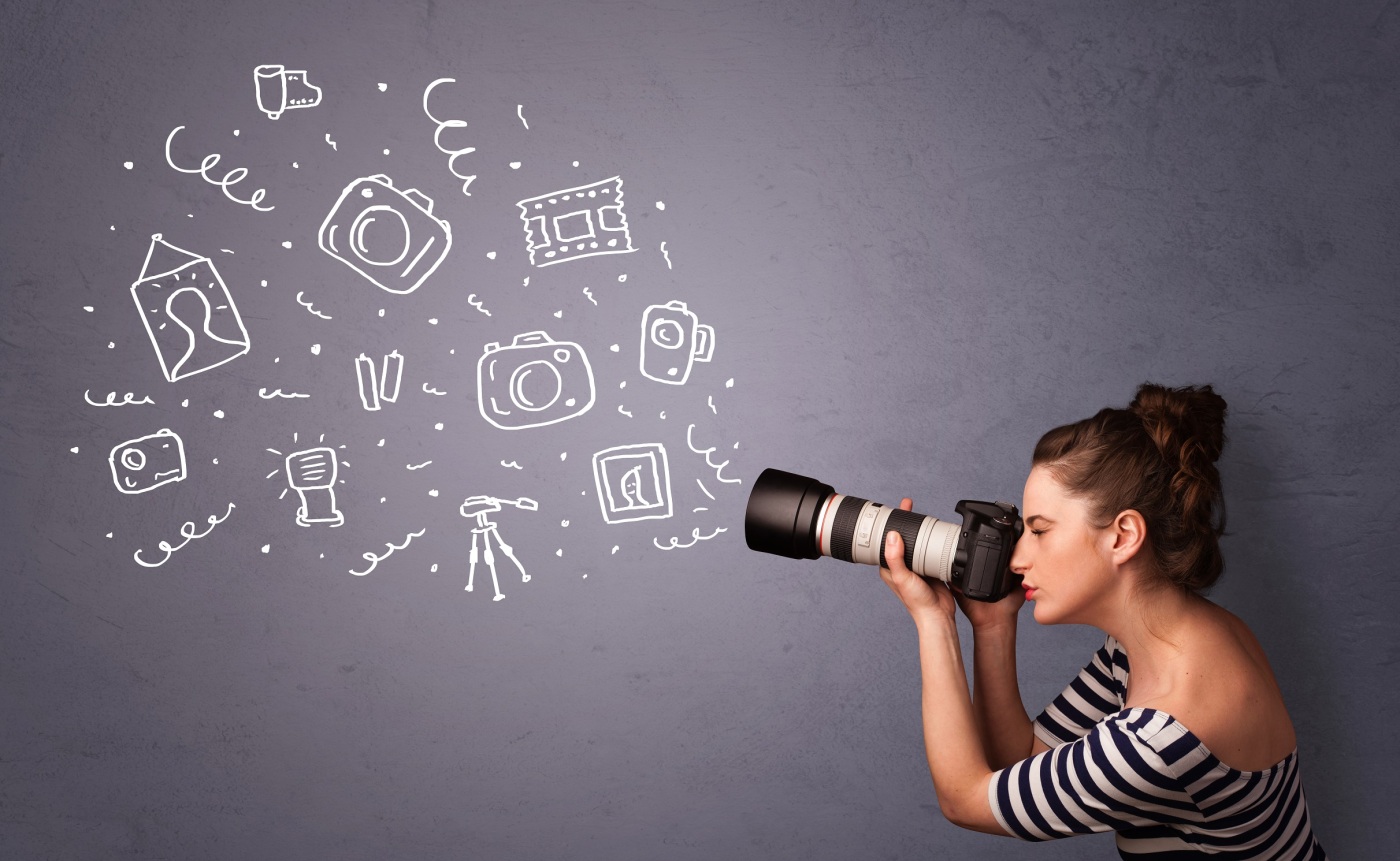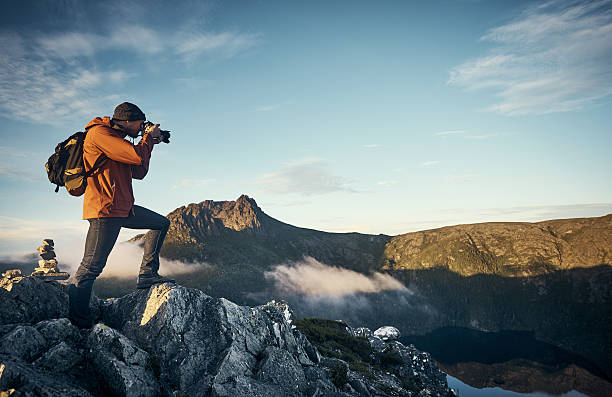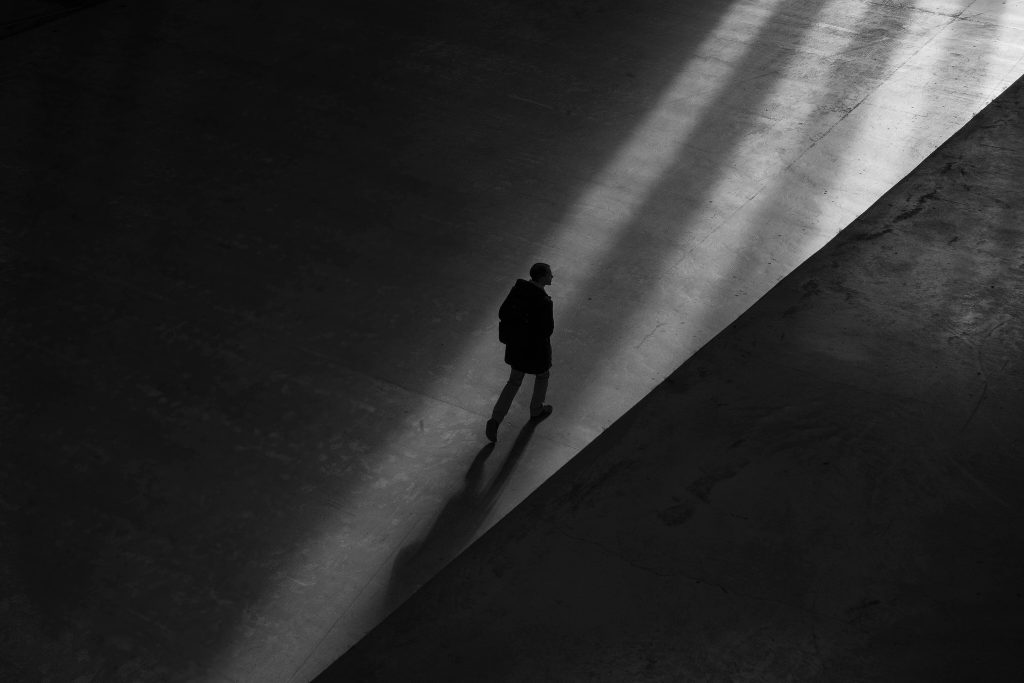Unveiling the Lens: A Deep Dive into Modern Photography Techniques and Trends

25-11-2024, 01:42 Admin 5 454 0
In this Golden Age of Visual Communication, it’s only fitting that we break down the barriers and delve into the intricacies of modern photography techniques and emerging trends. The intention here is to unravel the confluence of technology and craftsmanship that gives rise to the incredible images that light up our digital world.
The role of modern technology in the realm of photography is indisputable. High-tech digital cameras, software enhancements, and apps have transformed the art form drastically, giving amateur and professional photographers alike a newfound level of convenience, efficiency, and artistic freedom.
Among the advanced techniques storming the scene, High Dynamic Range (HDR) Photography stands out. HDR enables the capturing of a wider and richer range of colors, making images appear closer to what our eyes see in the natural world. HDR works by layering several shots of the same image but with different exposures, amalgamating them to produce a single, richly detailed image. The popularity of iPhone's 'ProRaw' feature offering HDR that can seamlessly blend into the workflow of professional photographers only goes to prove this point.
Next in line, the advent of Aerial Photography augmented by drone technology has opened up a new world of potential for professional photographers. Drones fitted with high-resolution cameras can capture breathtaking, bird's-eye view shots, transforming how we perceive landscapes, architecture, and events. It's supremacy in fields as disparate as real estate, filmmaking, and even wedding photography illustrates the technology's versatility.
The burgeoning trend of 360-degree photography, facilitated by advanced lenses and software, is synonymous with the experiential digital age. This immersive form allows viewers to capture a panoramic view of scenes, enhancing the quality and versatility of both professional shoots and social media posts. In addition to 360-degree photography, the usage of augmented reality (AR) in photo editing offers photographers the opportunity to transform mundane scenes into striking artistic statements.
While the lure of technology and trendy techniques is strong, it's essential not to overlook the roots of photography in crafting a compelling image. At its heart, photography’s essence is storytelling, and while technology enhances this, the yin to its yang is the rule of composition. Techniques such as rule of thirds, leading lines, and frame within a frame have withstood the test of time, and for a good reason. These compositional tools work to draw in the viewer, focusing attention, guiding the eye, and ultimately telling the intended story.
In the end, the pivotal role of technology in upping the photography game is undeniable. Yet, the fusion of tradition and modern techniques amplifies the impact that a photo delivers. Today’s innovations might well be the future's nomenclature. But, as we continue to bask in the light of modern advancements, let’s not forget the age-old techniques and storytelling prowess that truly body the essence of photography.
As we push the envelope of what's possible, let’s remember - technology is but a tool in the hands of the artist.
The role of modern technology in the realm of photography is indisputable. High-tech digital cameras, software enhancements, and apps have transformed the art form drastically, giving amateur and professional photographers alike a newfound level of convenience, efficiency, and artistic freedom.
Among the advanced techniques storming the scene, High Dynamic Range (HDR) Photography stands out. HDR enables the capturing of a wider and richer range of colors, making images appear closer to what our eyes see in the natural world. HDR works by layering several shots of the same image but with different exposures, amalgamating them to produce a single, richly detailed image. The popularity of iPhone's 'ProRaw' feature offering HDR that can seamlessly blend into the workflow of professional photographers only goes to prove this point.
Next in line, the advent of Aerial Photography augmented by drone technology has opened up a new world of potential for professional photographers. Drones fitted with high-resolution cameras can capture breathtaking, bird's-eye view shots, transforming how we perceive landscapes, architecture, and events. It's supremacy in fields as disparate as real estate, filmmaking, and even wedding photography illustrates the technology's versatility.
The burgeoning trend of 360-degree photography, facilitated by advanced lenses and software, is synonymous with the experiential digital age. This immersive form allows viewers to capture a panoramic view of scenes, enhancing the quality and versatility of both professional shoots and social media posts. In addition to 360-degree photography, the usage of augmented reality (AR) in photo editing offers photographers the opportunity to transform mundane scenes into striking artistic statements.
While the lure of technology and trendy techniques is strong, it's essential not to overlook the roots of photography in crafting a compelling image. At its heart, photography’s essence is storytelling, and while technology enhances this, the yin to its yang is the rule of composition. Techniques such as rule of thirds, leading lines, and frame within a frame have withstood the test of time, and for a good reason. These compositional tools work to draw in the viewer, focusing attention, guiding the eye, and ultimately telling the intended story.
In the end, the pivotal role of technology in upping the photography game is undeniable. Yet, the fusion of tradition and modern techniques amplifies the impact that a photo delivers. Today’s innovations might well be the future's nomenclature. But, as we continue to bask in the light of modern advancements, let’s not forget the age-old techniques and storytelling prowess that truly body the essence of photography.
As we push the envelope of what's possible, let’s remember - technology is but a tool in the hands of the artist.
Related News
Leave a Comment


